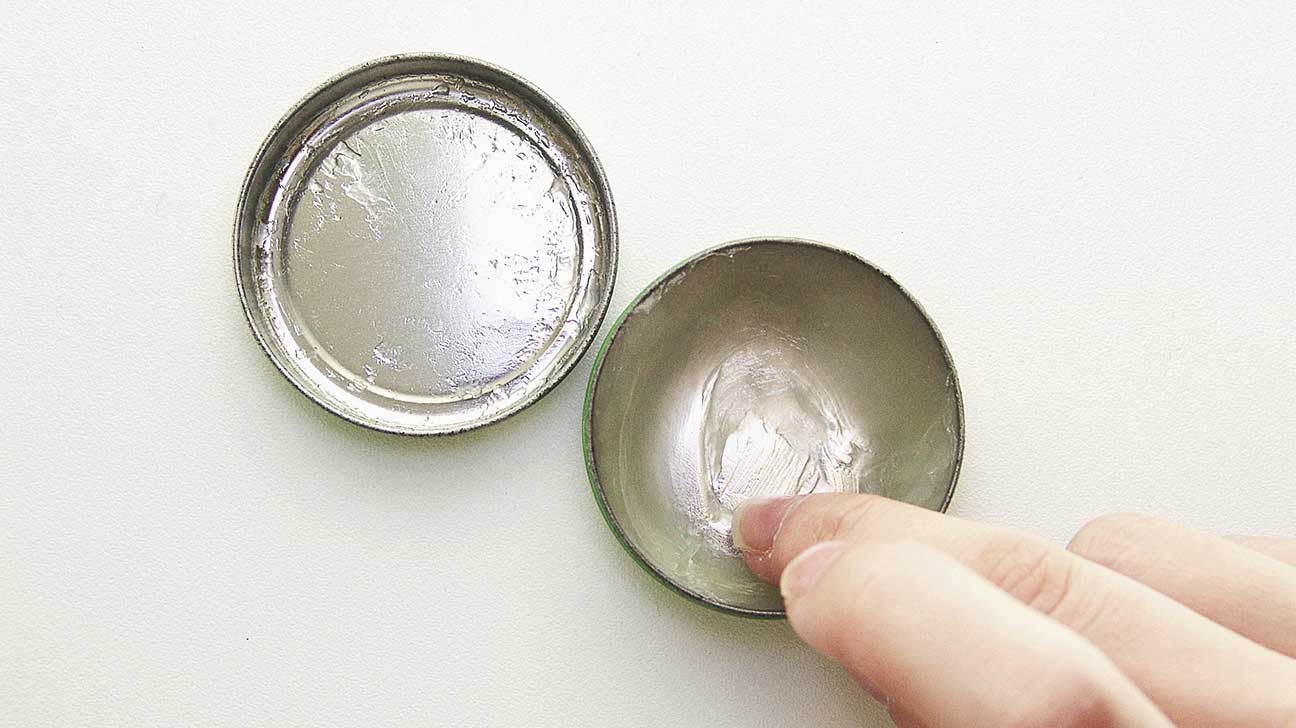Petroleum jelly, petrolatum, white petrolatum supplier in chennai Tamilnadu
Ennore india chemicals Petroleum jelly, petrolatum, white petrolatum, soft paraffin/paraffin wax or multi-hydrocarbon, CAS number 8009-03-8, is a semi-solid mixture of hydrocarbons (with carbon numbers mainly higher than 25) originally promoted as a topical ointment for its healing properties.
After petroleum jelly became a medicine chest staple, consumers began to use it for many ailments, as well as cosmetic purposes, including toenail fungus, genital rashes (non-STD), nosebleeds, diaper rash, and chest colds. Its folkloric medicinal value as a "cure-all" has since been limited by better scientific understanding of appropriate and inappropriate uses.
Uses
Most uses of petroleum jelly exploit its lubricating and coating properties.
Medical treatment
Vaseline brand First Aid Petroleum Jelly, or carbolated petroleum jelly containing phenol to give the jelly additional antibacterial effect, has been discontinued. During World War II, a variety of petroleum jelly called red veterinary petrolatum, or Red Vet Pet for short, was often included in life raft survival kits. Acting as a sunscreen, it provides protection against ultraviolet rays.
The American Academy of Dermatology recommends keeping skin injuries moist with petroleum jelly to reduce scarring. A verified medicinal use is to protect and prevent moisture loss of the skin of a patient in the initial post-operative period following laser skin resurfacing.
There is one case report published in 1994 indicating petroleum jelly should not be applied to the inside of the nose due to the risk of lipid pneumonia, but this was only ever reported in one patient. However, petroleum jelly is used extensively by otolaryngologists—ear, nose, and throat surgeons—for nasal moisture and epistaxis treatment, and to combat nasal crusting. Large studies have assessed petroleum jelly applied to the nose for short durations to have no significant side effects.
Historically, it was also consumed for internal use and even promoted as "Vaseline confection".
Skin and hair care
Most petroleum jelly today is used as an ingredient in skin lotions and cosmetics, providing various types of skin care and protection by minimizing friction or reducing moisture loss, or by functioning as a grooming aid.
Preventing moisture loss
By reducing moisture loss, petroleum jelly can prevent chapped hands and lips, and soften nail cuticles.
This property is exploited to provide heat insulation: petroleum jelly can be used to keep swimmers warm in water when training or during channel crossings or long ocean swims. It can prevent chilling of the face due to evaporation of skin moisture during cold weather outdoor sports.
Hair grooming
In the first part of the twentieth century, petroleum jelly, either pure or as an ingredient, was also popular as a hair pomade. When used in a 50/50 mixture with pure beeswax, it makes an effective moustache wax.
Skin lubrication
Petroleum jelly can be used to reduce the friction between skin and clothing during various sport activities, for example to prevent chafing of the seat region of cyclists, the nipples of long distance runners wearing loose T-shirts, and is commonly used in the crotch area of wrestlers and footballers.
Petroleum jelly is commonly used as a personal lubricant because it does not dry out like water-based lubricants, and has a distinctive "feel", different from that of K-Y and related methylcellulose products. However, it is not recommended for use with condoms during sexual activity because it swells latex and thus increases the chance of rupture. It is also not recommended for vaginal intercourse because it may increase the risk of yeast infection and bacterial vaginosis in women. It may be used safely for unprotected anal intercourse.

